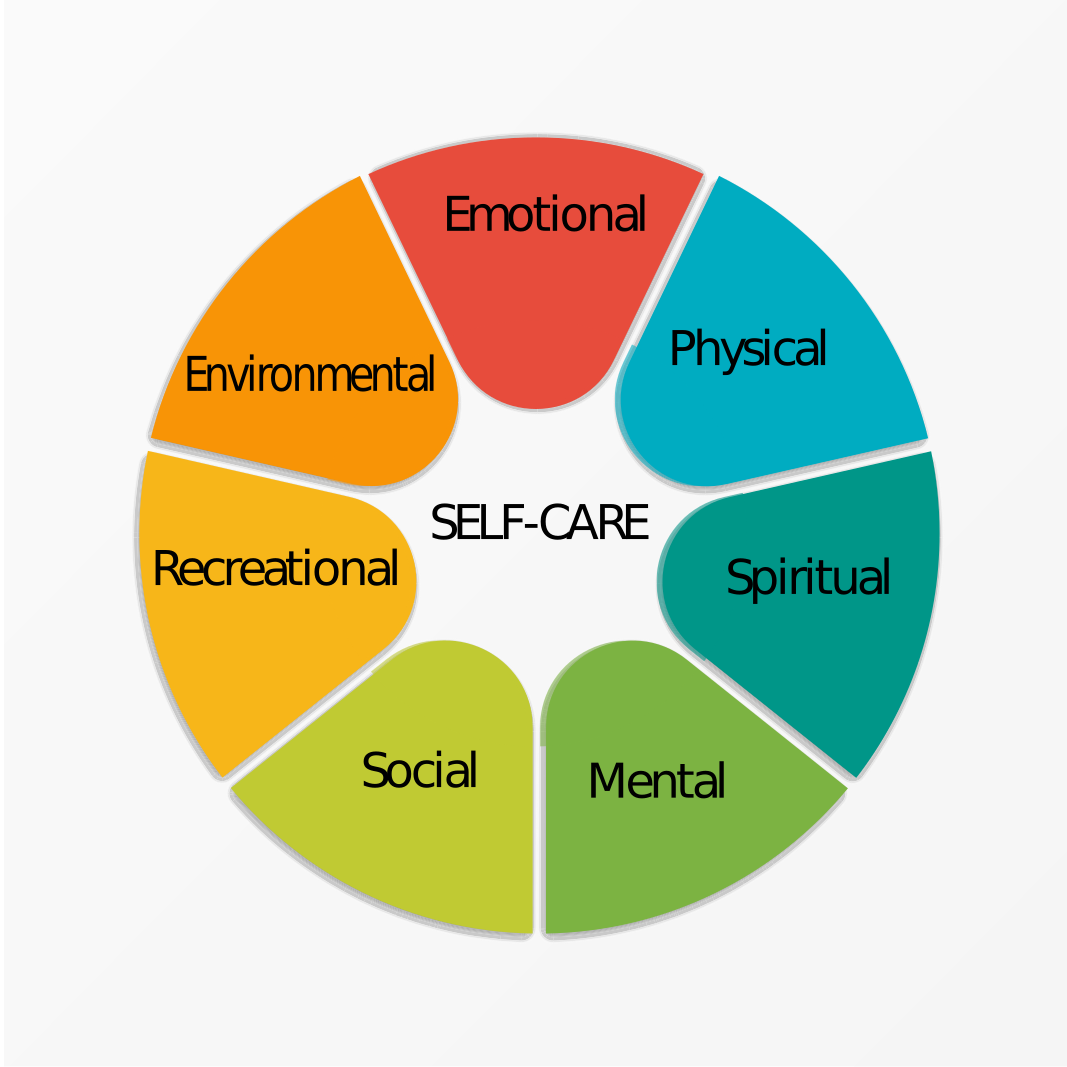What is the dirty dozen list? This is a list developed by EWG (Environmental Working Group) of all non-organic produce with the highest pesticide contamination. About 70% of non-organic produce in the U.S contains residues of harmful chemical pesticides, according to EWG’s analysis of the data from the Federal Department of Agriculture. If you missed my post on Endocrine Disruptors, please check it out on my blog.
Sadly, some insecticides, such as acephate and chlorpyrifos can harm children’s developing brains. These toxic chemicals were suppose to be banned in the U.S under the Trump administration but the U.S EPA (Environmental Protection Agency) rejected the ban, and now they are still found in our food. Pesticides that were banned in other countries are still being used in the U.S. For this reason, EWG has called on president Biden to ban or restrict some of the most harmful pesticides still used today.
What’s even more alarming is that three-fourth of oat-based foods, including those for babies, were found to have higher levels of pesticides than what EWG considers to be “safe” for consumption.
The American Academy of Pediatrics issued a report in 2012, stating the potential toxicities linked to pesticide exposure in children. The research linked pesticide exposure in children to pediatric cancers, decreased cognitive function and behavioral problems.
Similarly, Harvard researchers found that people who ate crops with higher levels of pesticides had higher levels of urinary pesticides and fertility issues. Whereas those who consumed an organic diet had more successful pregnancies.
Fertility studies’ classification of Pesticide Residues:
| HIGH PESTICIDE RESIDUE SCORE | LOW PESTICIDE RESIDUE SCORE |
| Apples, apple sauces, blueberries, grapes, green beans, leafy greens, pears, peaches, potatoes, plums, spinach, strawberries, raisins, sweet peppers, tomatoes, winter squash. | Apple juice, avocados, bananas, beans, broccoli, cabbage, cantaloupe, carrots, cauliflower, celery, corn, eggplant, grapefruit, lentils, lettuce, onions, oranges, orange juice, peas, prunes, summer squash, sweet potatoes, tofu, tomato sauces, zucchini. |
A study conducted by EWG and tested by the USDA detected two hormone-disrupting (and potentially cancer-causing) fungicides (imazalil and thiabendazole) in 90% of non-organic samples of citrus fruits, more specifically, grapefruit, lemons, mandarins, and oranges. The chemical was even detected on peeled oranges and found at levels 20 times higher than EWG’s recommended limit.
Don’t let this dissuade your consumption of fruits and vegetables. It’s a no brainer that fruits and vegetables are critical components of a healthy diet, so it’s very important that we do not eliminate them from our diet but rather try to select organic, non-GMO products.
I’ve heard people say they peel their fruits or vegetables to remove any pesticide residue but I hate to inform you that washing them and even scrubbing them does remove the chemicals entirely. I also don’t encourage peeling them because that may remove the nutritional value found in the peel.
Did you know that the USDA actually tests produce for pesticide contamination AFTER washing and scrubbing them? Data has shown that high levels have still be detected after washing, scrubbing and peeling!
Even though the “dirty dozen” report focuses on fresh produce, EWG has also reported findings of pesticide levels on dried fruits. Raisins scored worse than strawberries, nectarines, apples and cherries! In fact, the 2020 version of the report stated that 99% of raisins contained at least two pesticides and on average, a single sample contained 13 different pesticides! As a raisin lover, this was definitely alarming to me!
What can you do to reduce exposure?
Buy organic, in-season produce when possible, and locally grown fruits and vegetables from farmer’s markets. Fruits that are grown organically will have a sticker to identify them as organic. The sticker usually has five digits and starts with “9” (e.g. 94223). Organic standards prohibit the use of synthetic pesticides but may allow very small amounts of pesticides to be used. That’s why it’s still important to wash organic produce very thoroughly. Studies have found that those who switched from a conventional diet to consuming organic food had lower levels of pesticides in their urine, improved fertility and birth outcomes, reduced incidence of non-Hodgkin’s lymphoma, lower BMI and reduced risk of Type 2 diabetes. So yes, it’s definitely worth making the change! If possible, it’s always best to grow your own produce and if you’re on a budget, choose organic for the produce that your family eats the most and non-organic for the produce least consumed.
It’s very important to also wash all your fruits and vegetables, even the organic ones. You can make your own using a mild dishwashing solution and warm water. There are also commercial washes available online or at your local health food stores. Examples are Environne and Vitanet. Some fruits and vegetables may also require the use of a soft brush.
EWG’s report also features a “Clean 15” list, which includes non-organic produce least likely to be contaminated with high pesticide levels. Only 8% of the “clean” fruits and vegetable sampled had 2 or more pesticides. So if you’re on a budget, this may also be an option for you since you can still purchase and gain the nutritional value of non-organic produce on the list without breaking the bank and without wreaking havoc on your health.




